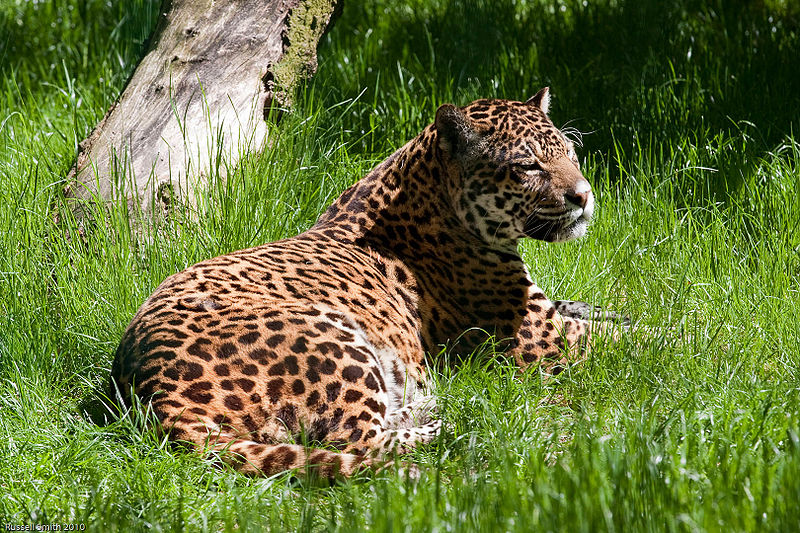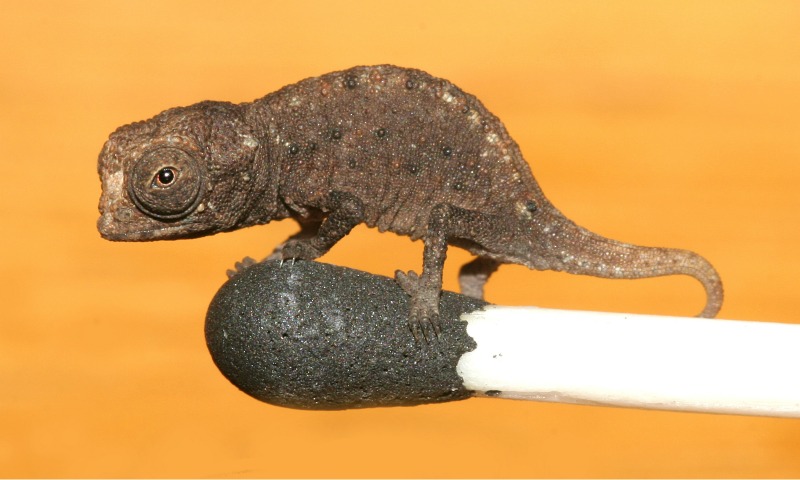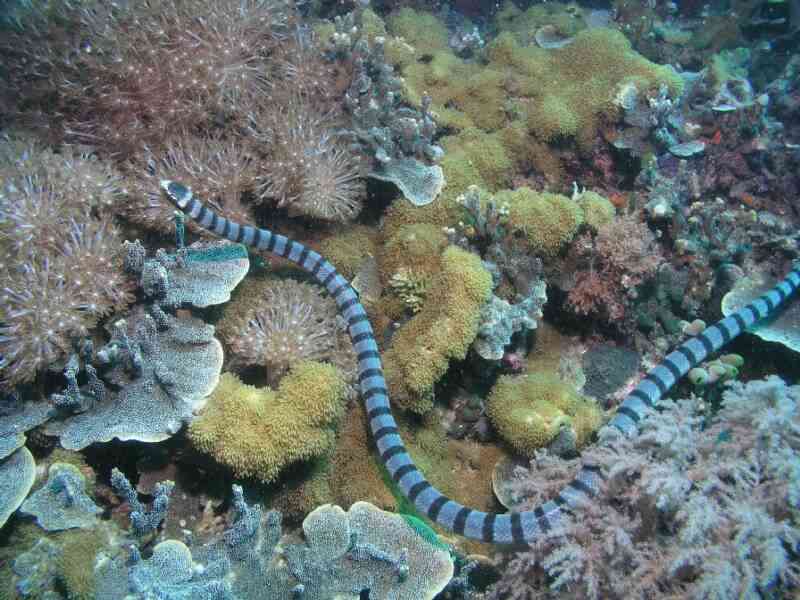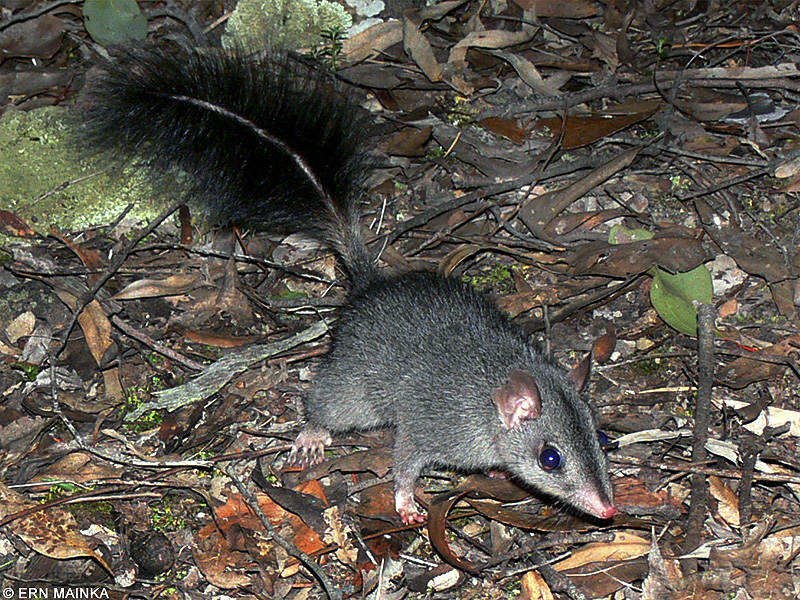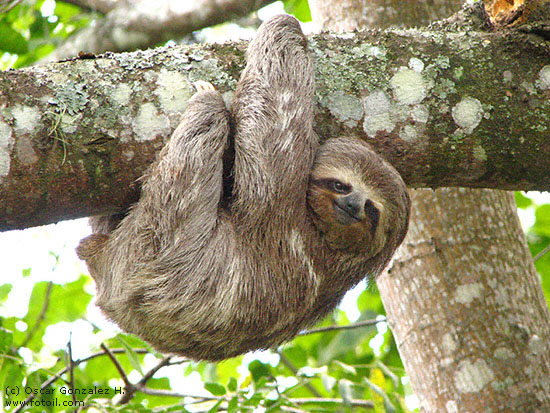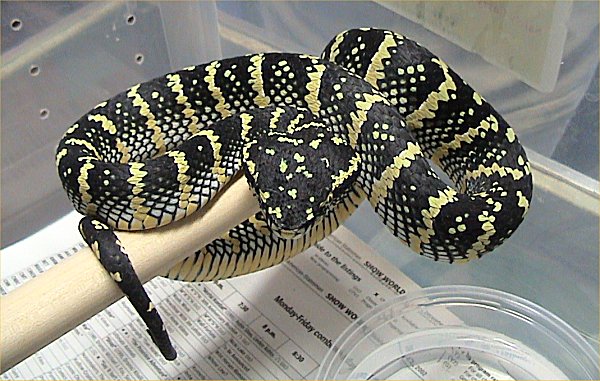
It looks like we are at the end of another week of Wild Facts. I figured since we were in Southeast Asia observing the Dhole yesterday, we might as well stick around that part of the world for the weekend. As a result, we are going into the rainforest today to look for the Wagler’s Pit Viper. This impressive snake has many common names including Temple Pit Viper, Bamboo Viper, Temple Snake and Speckled Pit Viper. In case you are wondering, the “Temple” references are a result of the abundance of these snakes located around The Temple of the Azure Cloud in Malaysia. Perhaps this will be a great starting place for us!
During our trip, it should be easy to distinguish between the male and female Temple Vipers as this snake definitely displays sexual dimorphism (I know, I know.. enough of the science talk.. this just means the females look different than the males). For instance the females will typically grow up to 1 m (3′) in length while the males usually tap out around 75 cm (29.5″). Unlike most animals we discuss, it is the female vipers that tend to be more colourful. In fact, the females have four different colour phases – The Malaysian, Sulawesi, Kalimantan and the Philippine Phase. Throughout these phases they have a diverse colour range including variations of blue bars, yellow spots, green or black backgrounds and more. Meanwhile, the male Wagler’s Pit Viper is just a plain ol’ boring green colour.

Don’t feel too bad for the males since these snakes are almost entirely arboreal (what is with the big words today, eh? Just means they live in the trees), so the green colouring does provide them with a nice camouflage. While in the trees, these snakes predominantly feed on lizards, birds and even rodents. Since these snakes live in tropical climates, they don’t need to waste their energy on keeping warm, which means they can actually get by with only 3 meals a month. I have a hard time making it through the day without at least 5 meals… I have no idea how they can last a whole month with that tiny amount of food.
Well, that just about does it for this week of Wild Facts. Take the weekend to enjoy Southeast Asia and I will see all of you on Monday.

